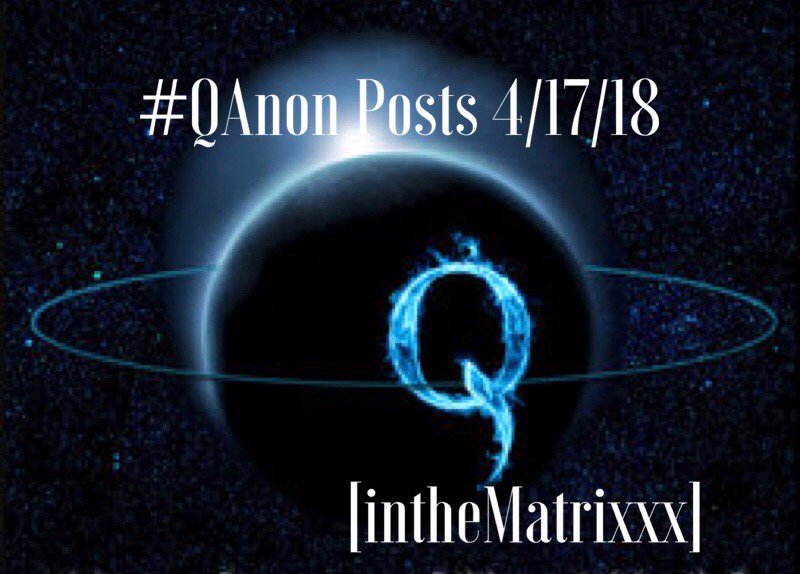Sorry—this is going to be a long one. 1/
Historians of detective fiction point to Voltaire's ZADIG (1747) as the start of what I call the Proto-Mysteries, stories which had mystery elements without actually being mysteries. 4/
13/
Women weren't allowed to become policemen, of course. BUT as early as 1870 police depts were informally hiring women to solve "women's crimes."
25/
34/
37/
38/
Enter Albert W. Aiken, in 1889. Aiken (1846-1894) was an interesting character. 39/
Okay, brief break while I leave the reference desk!
42/
But Aiken almost immediately makes makes Serene different from her predecessors. 43/
44/
45/
50/
57/
















